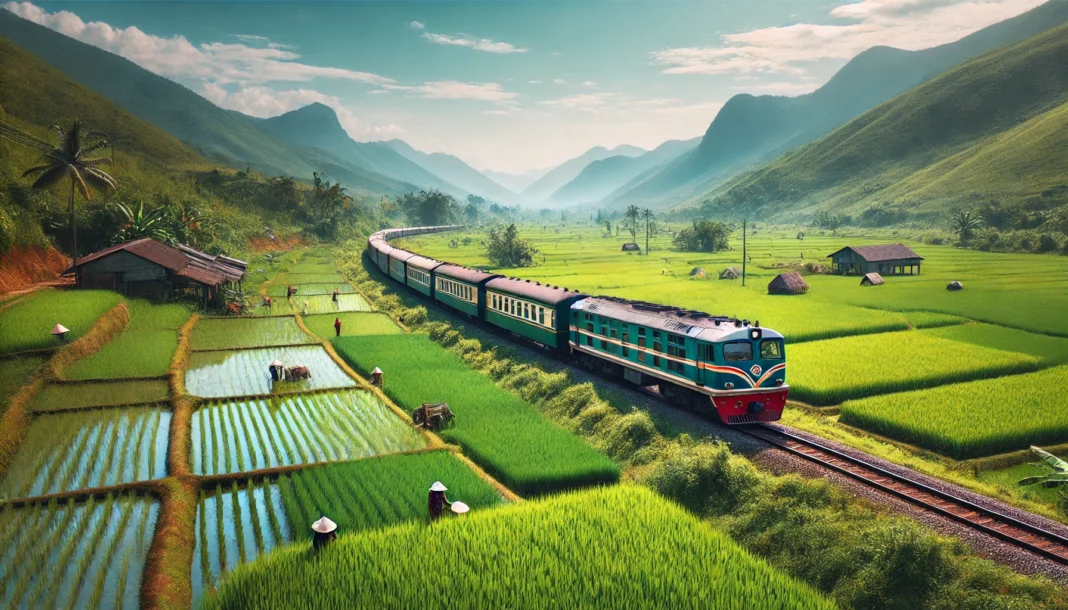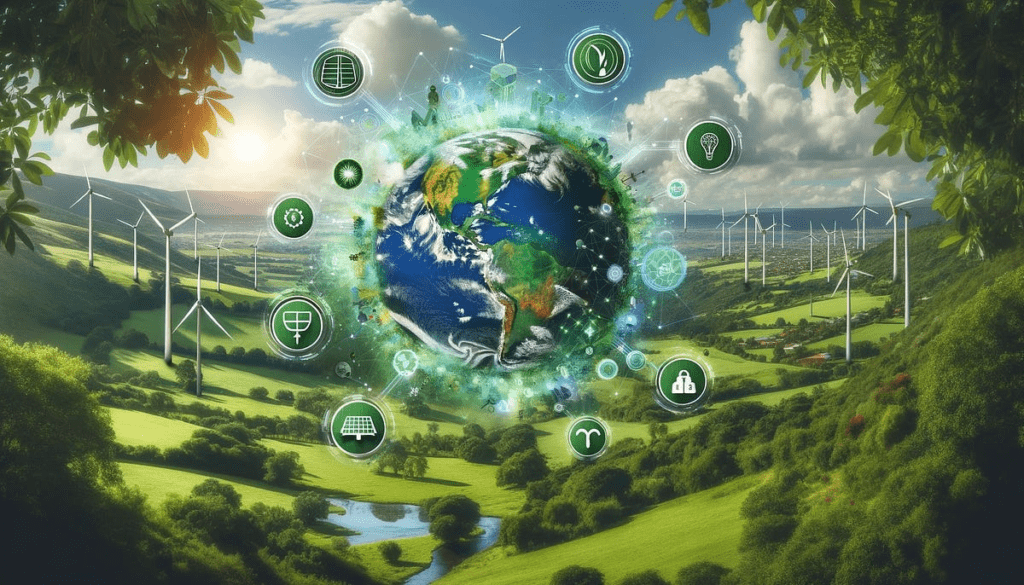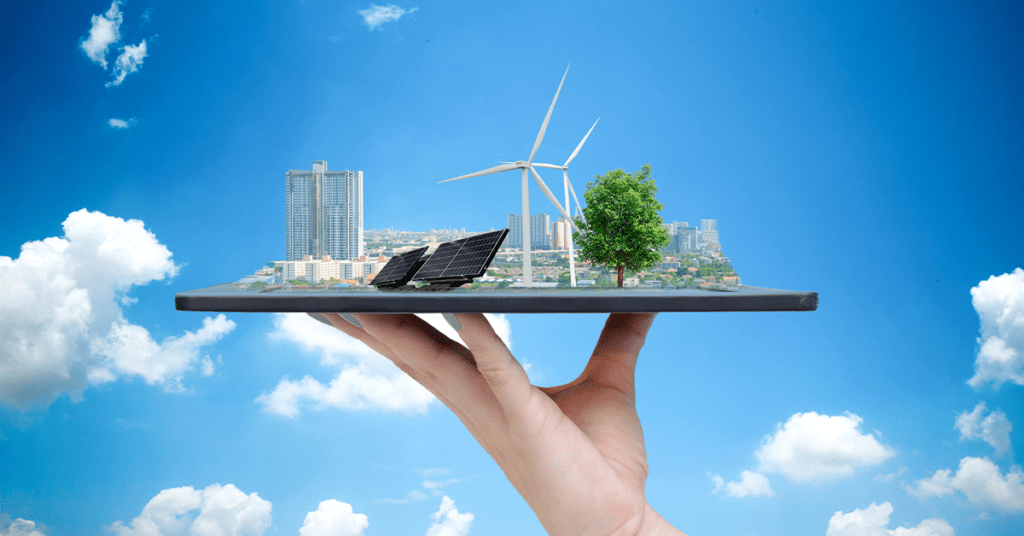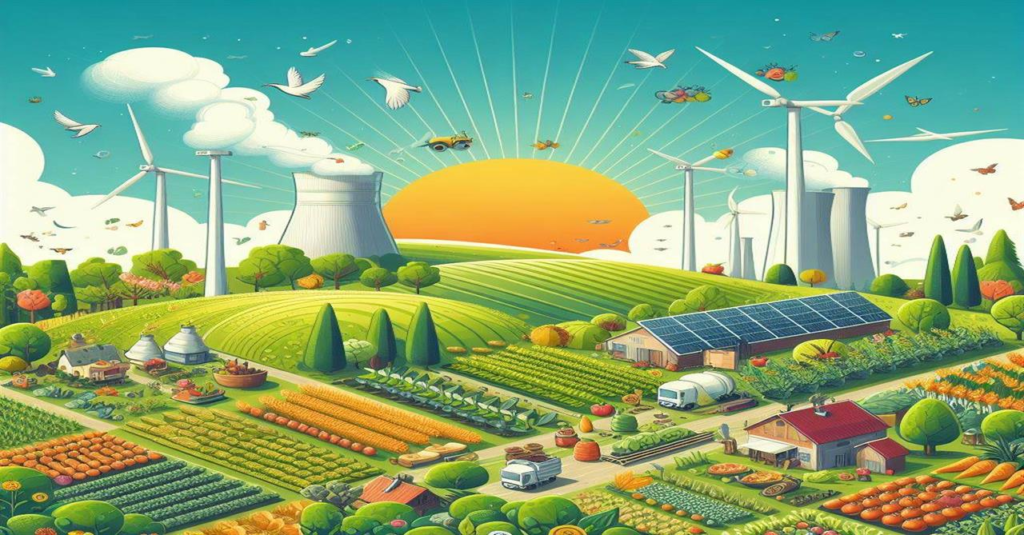
Sustainability science is the discipline that is on the cutting edge of solving some of the most globally emergent environmental issues. With more and more communities, countries, and economies experiencing the consequences of climate change, resource scarcity. And environmental overturning, there is nothing more important than finding disruptive solutions. In the recent past, scientists have established sustainability science thus creating a new avenue to a green future. These innovations cover almost all sectors of development such as renewable energy technologies, sustainable agriculture practices, and are transforming the face of human society in their interaction with the environment.

The Role of Renewable Energy in Sustainability
Clean energy is vital in the achievement of the international goals of low carbon emission in dealing with a deteriorating climate change. Improvement in the technologies to harness solar. Wind hydro and geothermal energy has enabled man to capture the natural power at his or her convenience. What used to be rigid, expensive and ineffective slow, has drastically become efficient, cheap and capable of generating electricity in diverse conditions. Likewise, wind turbines themselves have become increasingly potent, affordable, and able to deliver electricity in geographical locations. The industry previously considered unattractive for wind power development. These and other breakthroughs are making battery storage possible. And putting the world on the path to transition from fossil fuels to renewable energy to light our homes, fuel our businesses and power our industries.

Sustainable Agriculture Practices and Food Security
Farming is among the causes of the deterioration of the environment, however, new measuring techniques in agriculture are coming to transform that. Electronic agriculture, multi-story planting, and integrated cropping systems are among innovative ways that technology. And natural systems are being harnessed in the production of food commodities. Today’s farmers utilize data based instruments and technologies to improve water consumption and efficiency, and decreasing environmental nuisance. Moreover, people turn to plant proteins and plant-based food, as well as cultured meat. And products, which are still new and more environmentally friendly than animal farming. These are some of the innovations which are critical in helping feed the world while at the same time making adjustments towards sustainability in the agriculture business.

Circular Economy: Redefining Waste
The world economy of the past century has been traditionally built on take-make-dispose cycle. Instead, circular economy model is on the rise, for it is based on minimizing of wastes. And the efficient use of resources and recycling. New technologies and better approaches such as the sustainable production of plastics from natural materials like biodegradable plastics. And use of sustainable packages are reducing on production of single use items. In addition, emerging technologies as effective recycling and upcycling help us utilize the materials which would have been considered waste. And thrown into the dumpsters. The transition to a circular economy system is more fundamental. When it comes to pollution control as well as harnessing the available resources for use by the next generations.
Green Technology in Urban Development
Being that urban areas are expanding rapidly, sustainable urban development is crucial in order to make certain. That cities shall adequately address a growing population as well as its impact on the environment. Energy efficiency in construction, smart grids, green walls, roof, and other inventions. These innovations lower energy use, increase clean air, and increase the quality of life of metropolitan environments. Moreover, green transportation strategies like electric cars and car-sharing. Better transit systems decreased traffic jams and fewer CO2 emissions in urban areas.
The Future of Sustainability Science
This positions sustainability science for the future as being full of a number of potentials. Given today’s increasing pace of technological developments, it is only going to be surprised with even more innovative solutions in order to make the world greener. AI yields great potential in many areas such as climate modeling where the support from advanced algorithms in machine learning will be helpful. To development of new eco-friendly products and materials, and efficient production techniques. But the building of a sustainable future will not be possible through efforts of governments, businesses, scientists and people alone. Alone, it is the time for us to brainstorm, invent, and apply various measures to save our Earth for next generations.
Conclusion
sustainability science is creating an innovation process that is changing industries, communities and the environment. This means introducing renewable energy sources, efficient agriculture. The use of the circular economy and green technology – to create a verdant future. technologies and ideas in development now will define the future world. And make it possible for future generation to have a better world one for human beings and the other for the environment.
